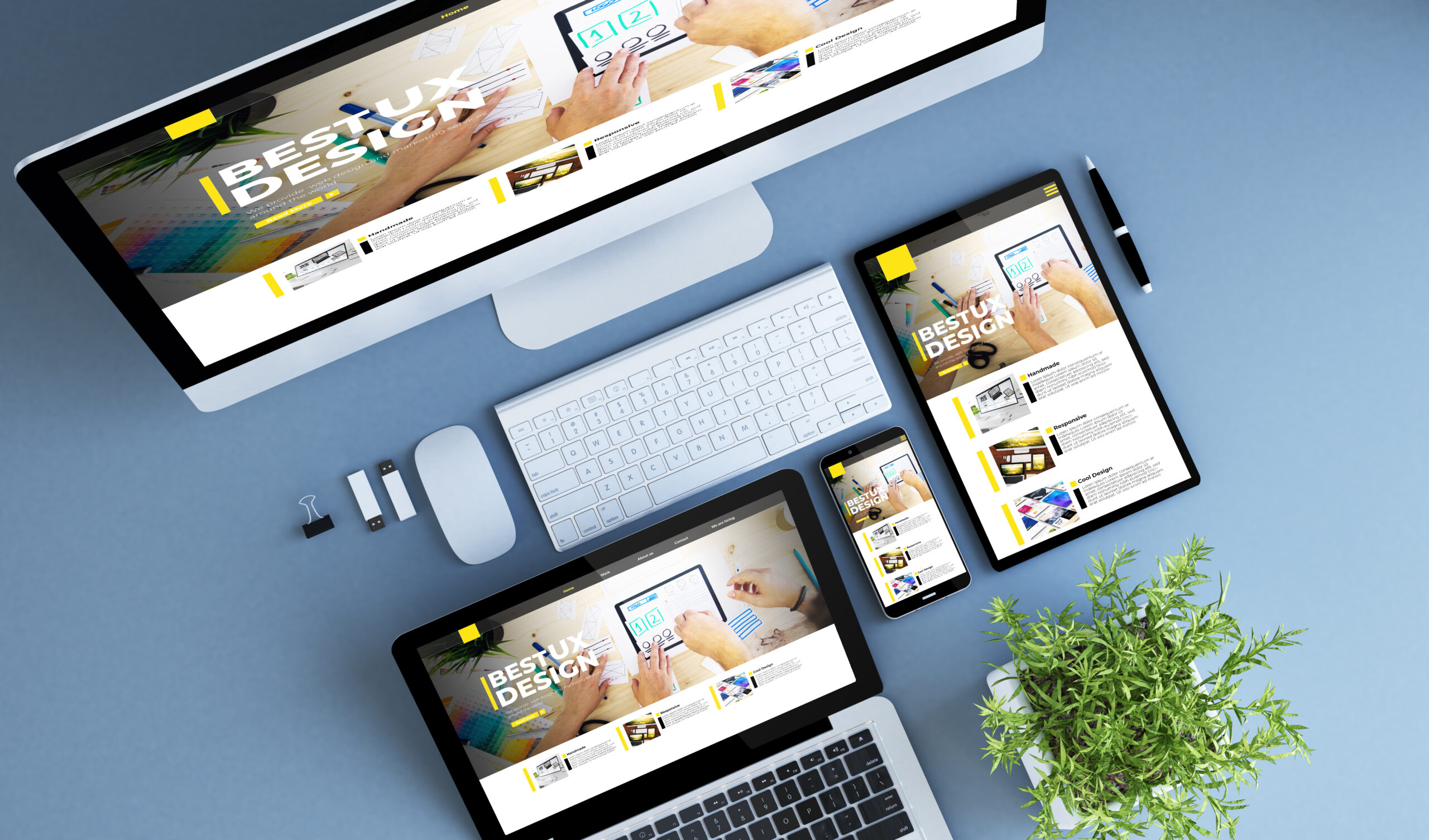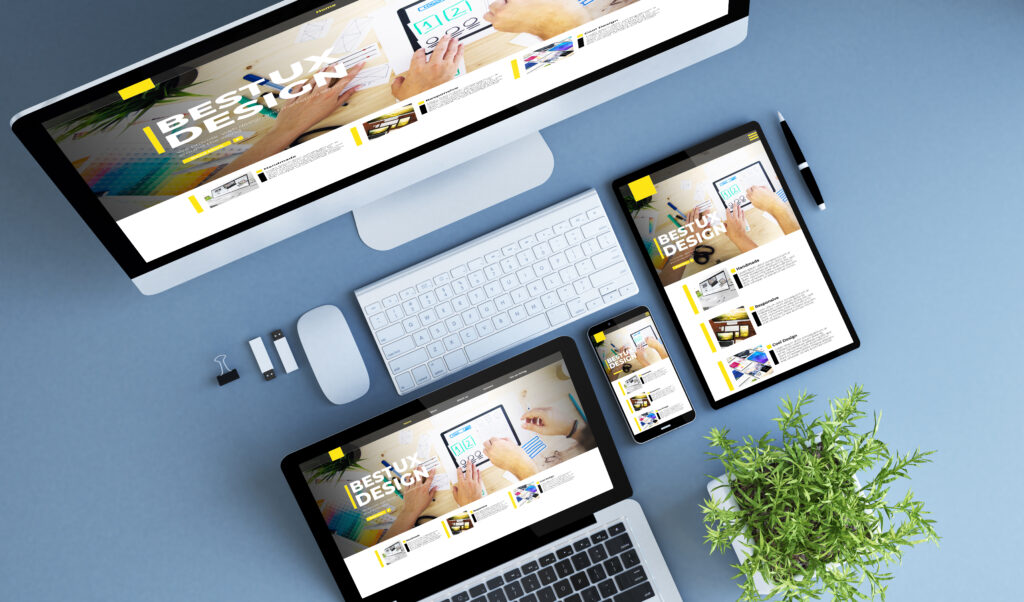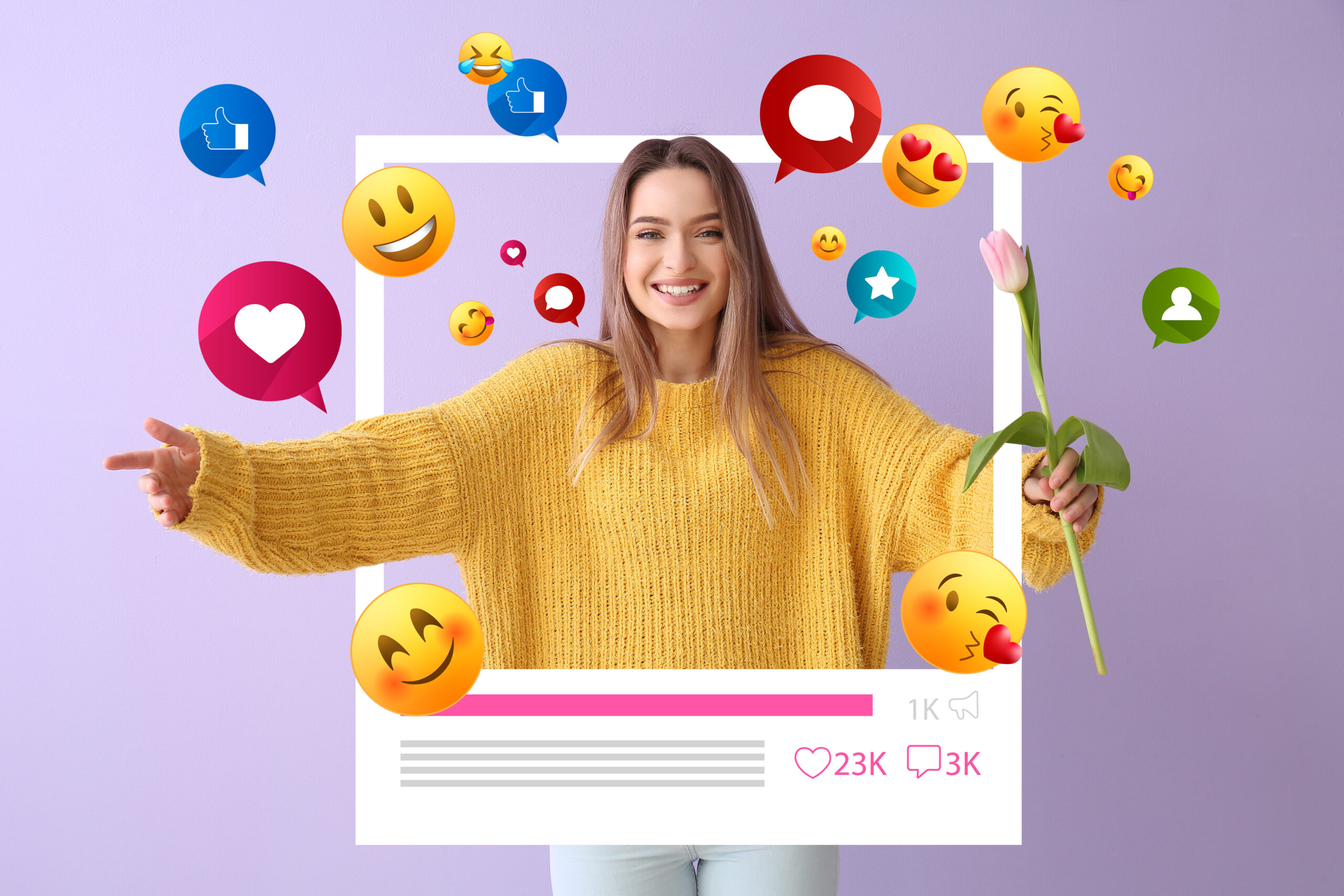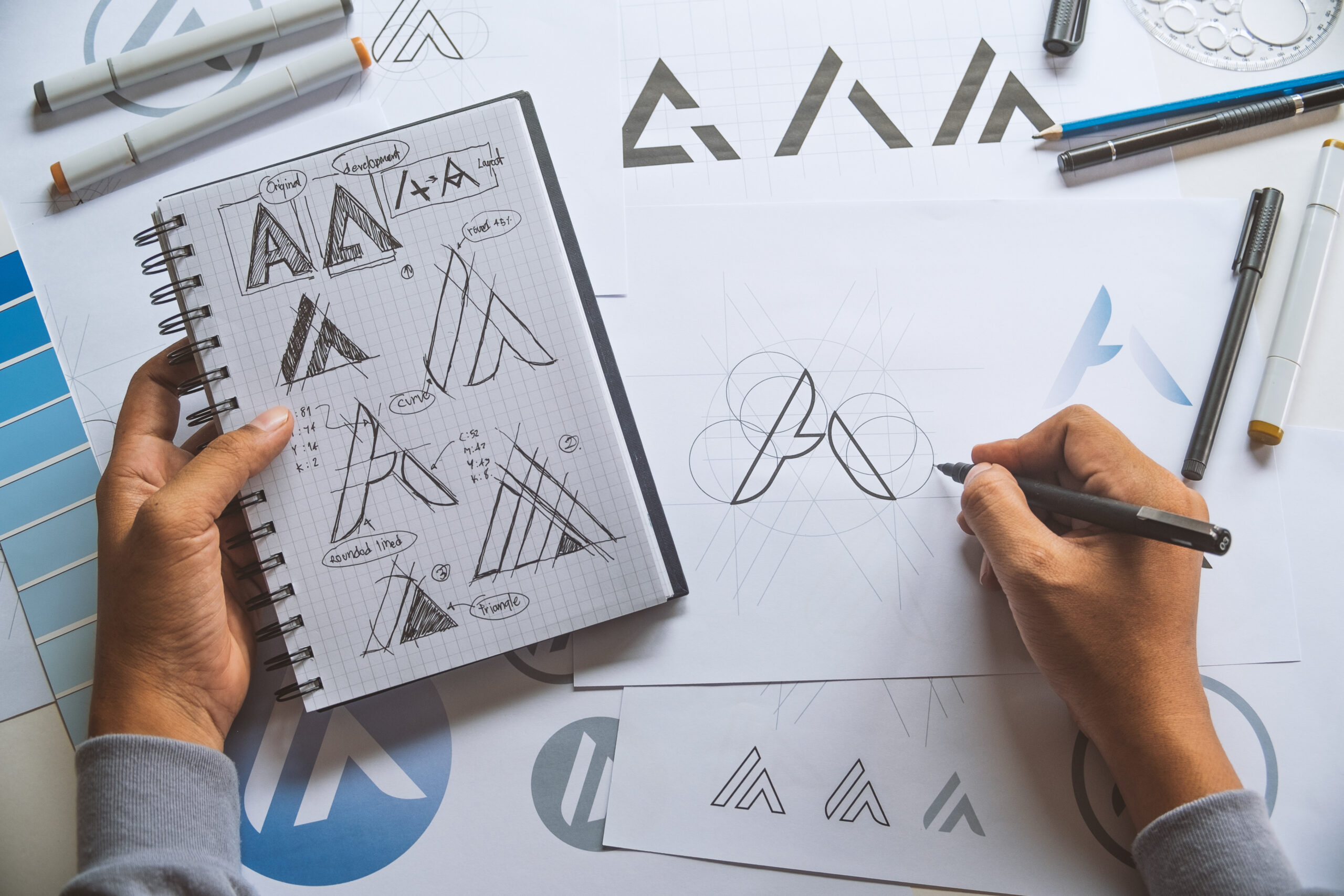In today’s rapidly evolving digital landscape, user experience (UX) design has become critical for businesses striving to establish a competitive edge. As entrepreneurs, understanding the intricacies of UX design is essential for creating products and services that resonate with users. With the advent of artificial intelligence (AI), the future of UX design is poised for remarkable transformation. This article delves into how AI reshapes user experiences, the implications for entrepreneurs, and strategies for leveraging AI to enhance UX.
The Importance of UX Design for Entrepreneurs
Before we explore the role of AI in UX design, it’s crucial to grasp why UX design matters in the first place. Successful companies recognize that user experience influences customer satisfaction, loyalty, and overall business success. A well-designed user experience can lead to:
-Increased Conversions: Intuitive design helps guide users through purchasing, minimizing drop-offs, and maximizing sales.
-Brand Loyalty: A positive user experience fosters trust and loyalty, encouraging customers to return and recommend the brand.
-Differentiation: A superior user experience can distinguish a brand from its competitors in a saturated market.
-Lower Support Costs: An intuitive interface reduces the need for customer support, saving costs and improving efficiency.
Investing in UX design is not an option but a necessity for entrepreneurs. As AI continues to evolve, it presents an opportunity to elevate user experiences and drive business success.
The Rise of AI in UX Design
Artificial intelligence has made significant strides in recent years, becoming a powerful tool in various industries, including UX design. AI technologies like machine learning, natural language processing, and predictive analytics are revolutionizing how designers approach user experience. Here are some ways AI is transforming UX design:
1. Personalized User Experiences
AI enables businesses to create highly personalized user experiences by analyzing user behavior, preferences, and demographics. By leveraging data, entrepreneurs can tailor content, recommendations, and interfaces to meet individual user needs.
Example: Streaming platforms like Netflix utilize AI algorithms to analyze user viewing patterns and suggest personalized content, enhancing user satisfaction and engagement. Entrepreneurs can adopt similar strategies to provide customized experiences on their platforms.
2. Predictive Analytics for Better Decision Making
AI-driven predictive analytics allows entrepreneurs to anticipate user needs and behaviors. Analyzing historical data allows AI to identify patterns and trends, enabling businesses to make informed design decisions.
Example: E-commerce companies can use predictive analytics to forecast product demand, optimize inventory, and improve the overall shopping experience. Entrepreneurs can design interfaces that align with user expectations by understanding what users are likely to want.
3. Enhanced User Research
User research is a cornerstone of effective UX design. AI tools can streamline the research process by automating data collection and analysis. This enhances the speed and accuracy of insights gained from user feedback.
Example: AI-powered sentiment analysis tools can analyze user reviews and feedback across various platforms, providing entrepreneurs with a comprehensive understanding of user sentiment. This enables businesses to identify pain points and improve their offerings accordingly.
4. Chatbots and Virtual Assistants
AI-driven chatbots and virtual assistants have become integral to user experience, providing instant support and information to users. These tools enhance interaction and engagement while reducing the burden on customer support teams.
Example: Companies like Sephora use AI chatbots to assist users in finding products, making appointments, and answering questions. Entrepreneurs can implement similar solutions to enhance customer service and streamline user interactions.
5. A/B Testing and Optimization
A/B testing is a common practice in UX design, allowing businesses to compare different design versions to determine which performs better. AI can automate and enhance this process by rapidly analyzing user interactions and providing actionable insights.
Example: AI tools can automatically conduct A/B tests on various design elements, such as buttons, colors, and layouts, and determine which variations lead to higher conversion rates. This allows entrepreneurs to optimize their designs efficiently.
The Challenges of Integrating AI into UX Design
While AI offers numerous benefits for enhancing user experience, entrepreneurs should also be aware of the challenges associated with its integration:
1. Data Privacy Concerns
As AI relies heavily on data collection, entrepreneurs must prioritize user privacy and comply with regulations such as GDPR. Transparency in data usage and obtaining user consent are vital to maintaining trust.
2. Balancing Automation and Human Touch
While AI can automate many processes, balancing automation and the human touch is essential. Users often appreciate personal interactions, and excessive automation can lead to a disconnected experience.
3. Keeping Up with Rapid Technological Changes
The landscape of AI is continually evolving, and entrepreneurs must stay informed about the latest advancements to remain competitive. This requires ongoing learning and adaptation within their teams.
4. Implementation Costs
Integrating AI technologies can involve significant upfront costs. Entrepreneurs should carefully assess the return on investment and consider scalable solutions that align with their budget.
Strategies for Leveraging AI in UX Design
To harness the power of AI for enhancing user experiences, entrepreneurs can implement the following strategies:
1. Invest in AI-Driven Tools
Entrepreneurs should explore AI-driven tools and platforms that can enhance their UX design processes. These may include chatbots, analytics software, and personalization engines. Investing in the right tools can streamline operations and improve overall efficiency.
2. Focus on Data Collection and Analysis
Building a robust data collection strategy is crucial for leveraging AI effectively. Entrepreneurs should prioritize gathering user data through surveys, feedback forms, and user behavior tracking. Analyzing this data will provide valuable insights for informed design decisions.
3. Foster a Culture of Experimentation
Encouraging a culture of experimentation within the organization can lead to innovative ideas and solutions. Entrepreneurs should promote A/B testing, user feedback sessions, and rapid prototyping to refine their designs based on real user experiences continuously.
4. Prioritize User-Centric Design
AI is a tool that can enhance user experiences, but the foundation of effective UX design is still rooted in understanding user needs. Entrepreneurs should prioritize user-centric design principles, ensuring AI implementations align with user expectations.
5. Collaborate with UX Experts
To navigate the complexities of AI and UX design, entrepreneurs should consider collaborating with UX experts or agencies specializing in AI-driven design. These professionals can provide valuable insights and guidance on best practices.
Case Studies: Successful AI-Driven UX Design Examples
1. Spotify
Spotify leverages AI algorithms to curate personalized playlists for users. The platform can create tailored recommendations by analyzing listening habits and enhancing user satisfaction and engagement. This customized approach has contributed to Spotify’s success in retaining users.
2. Amazon
Amazon utilizes AI to enhance the shopping experience through personalized recommendations and smart search features. The platform can suggest products that align with individual preferences by analyzing user behavior and purchase history, driving sales and customer loyalty.
3. Airbnb
Airbnb employs AI-driven chatbots to assist users in finding accommodations, answering common questions, and providing support throughout the booking process. This enhances user engagement and streamlines the overall experience, making it easier for travelers to find suitable options.
The future of UX design is undeniably intertwined with artificial intelligence advancements. For entrepreneurs, embracing AI offers a unique opportunity to revolutionize user experiences, drive engagement, and ultimately achieve business success. By understanding the benefits and challenges of integrating AI into UX design, entrepreneurs can make informed decisions that enhance their offerings. As AI continues to evolve, staying ahead of the curve is essential. By investing in AI-driven tools, focusing on data analysis, fostering a culture of experimentation, prioritizing user-centric design, and collaborating with experts, entrepreneurs can harness the transformative power of AI to create exceptional user experiences. In the ever-changing digital landscape, those who adapt to the future of UX design will survive and thrive, ensuring their place in tomorrow’s competitive marketplace.

The Challenges of Integrating AI into UX Design
While AI offers numerous benefits for enhancing user experience, entrepreneurs should also be aware of the challenges associated with its integration:
1. Data Privacy Concerns
As AI relies heavily on data collection, entrepreneurs must prioritize user privacy and comply with regulations such as GDPR. Transparency in data usage and obtaining user consent are vital to maintaining trust.
2. Balancing Automation and Human Touch
While AI can automate many processes, balancing automation and the human touch is essential. Users often appreciate personal interactions, and excessive automation can lead to a disconnected experience.
3. Keeping Up with Rapid Technological Changes
The landscape of AI is continually evolving, and entrepreneurs must stay informed about the latest advancements to remain competitive. This requires ongoing learning and adaptation within their teams.
4. Implementation Costs
Integrating AI technologies can involve significant upfront costs. Entrepreneurs should carefully assess the return on investment and consider scalable solutions that align with their budget.
Strategies for Leveraging AI in UX Design
To harness the power of AI for enhancing user experiences, entrepreneurs can implement the following strategies:
1. Invest in AI-Driven Tools
Entrepreneurs should explore AI-driven tools and platforms that can enhance their UX design processes. These may include chatbots, analytics software, and personalization engines. Investing in the right tools can streamline operations and improve overall efficiency.
2. Focus on Data Collection and Analysis
Building a robust data collection strategy is crucial for leveraging AI effectively. Entrepreneurs should prioritize gathering user data through surveys, feedback forms, and user behavior tracking. Analyzing this data will provide valuable insights for informed design decisions.
3. Foster a Culture of Experimentation
Encouraging a culture of experimentation within the organization can lead to innovative ideas and solutions. Entrepreneurs should promote A/B testing, user feedback sessions, and rapid prototyping to refine their designs based on real user experiences continuously.
4. Prioritize User-Centric Design
AI is a tool that can enhance user experiences, but the foundation of effective UX design is still rooted in understanding user needs. Entrepreneurs should prioritize user-centric design principles, ensuring AI implementations align with user expectations.
5. Collaborate with UX Experts
To navigate the complexities of AI and UX design, entrepreneurs should consider collaborating with UX experts or agencies specializing in AI-driven design. These professionals can provide valuable insights and guidance on best practices.
Case Studies: Successful AI-Driven UX Design Examples
1. Spotify
Spotify leverages AI algorithms to curate personalized playlists for users. The platform can create tailored recommendations by analyzing listening habits and enhancing user satisfaction and engagement. This customized approach has contributed to Spotify’s success in retaining users.
2. Amazon
Amazon utilizes AI to enhance the shopping experience through personalized recommendations and smart search features. The platform can suggest products that align with individual preferences by analyzing user behavior and purchase history, driving sales and customer loyalty.
3. Airbnb
Airbnb employs AI-driven chatbots to assist users in finding accommodations, answering common questions, and providing support throughout the booking process. This enhances user engagement and streamlines the overall experience, making it easier for travelers to find suitable options.
The future of UX design is undeniably intertwined with artificial intelligence advancements. For entrepreneurs, embracing AI offers a unique opportunity to revolutionize user experiences, drive engagement, and ultimately achieve business success. By understanding the benefits and challenges of integrating AI into UX design, entrepreneurs can make informed decisions that enhance their offerings. As AI continues to evolve, staying ahead of the curve is essential. By investing in AI-driven tools, focusing on data analysis, fostering a culture of experimentation, prioritizing user-centric design, and collaborating with experts, entrepreneurs can harness the transformative power of AI to create exceptional user experiences. In the ever-changing digital landscape, those who adapt to the future of UX design will survive and thrive, ensuring their place in tomorrow’s competitive marketplace.
If you need consulting about website design and management, you can get a free consultation with our team.

























